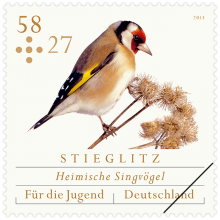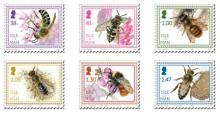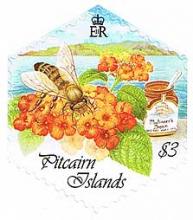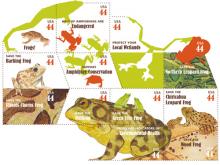Native songbirds may disappear forever, with many UK residents never hearing their song
Data collected in 2012 by the British Trust for Ornithology showed there were only 3,300 breeding pairs left in the UK. Over the last 14 years, numbers have fallen by 57%. The birds are already on the amber list as a species of conservation concern, but plans to develop in a woodland where they live could threaten the species further. Conservationist Chris Rose said: “Unfortunately developers and politicians don’t care enough to ward off the most obvious threats – Lodge Hill in Kent, Britain’s only woodland specifically designated as a valued breeding site for nightingales, is under threat from developers.” There is a real concern that these native songbirds may disappear forever, with many UK residents never hearing their song. The song of a nightingale is said to be the most beautiful of any British bird.










